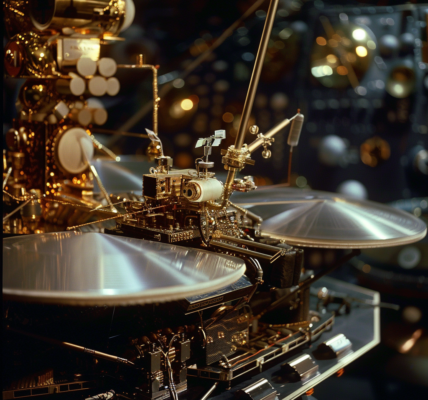In a surprising turn of events, Nvidia, now known as the world’s third-most valuable company, faced a near-collapse in 1996, only to be saved by a generous offer from a Sega executive. The story of how Nvidia narrowly escaped disaster sheds light on the intricate web of relationships and decisions that shape the tech industry.
Back in 1996, Nvidia was on the brink of failure, just three years after its establishment. It was at this critical juncture that a timely lifeline from Sega America’s CEO, Shoichiro Irimajiri, rescued the struggling company with a $5 million investment.
The pivotal moment that saved Nvidia from oblivion was intricately tied to the development of Sega’s Dreamcast console. Initially approached by Sega to create the GPU for the innovative console, Nvidia’s efforts fell short of meeting Sega’s requirements for the cutting-edge technology that the Dreamcast aimed to deliver.
Despite Nvidia’s inability to deliver the expected graphics hardware, the company’s CEO, Jensen Huang, candidly disclosed the situation to Sega but still requested full payment for the contract. This bold move, driven by the urgency to keep Nvidia afloat, led to an unexpected turn of events.
Shoichiro Irimajiri’s decision to invest $5 million in Nvidia not only secured payment for the failed contract but also laid the foundation for Nvidia’s future success in the hardware industry. This strategic investment, fueled by Irimajiri’s confidence in Huang and Nvidia’s potential, proved to be a wise move as it yielded a significant return of $15 million in the future.
As Nvidia emerged from the brink of collapse, Sega faced its own challenges in the console business, eventually exiting the market. The symbiotic relationship between Nvidia and Sega during this critical period not only shaped the fate of both companies but also had a lasting impact on the gaming and hardware industry.
Reflecting on this historical episode, one can’t help but speculate on the alternate reality where Nvidia had successfully developed the Dreamcast’s GPU. The ripple effects of this pivotal moment continue to resonate in the tech landscape, highlighting the unpredictable nature of innovation and collaboration in the ever-evolving world of technology.





